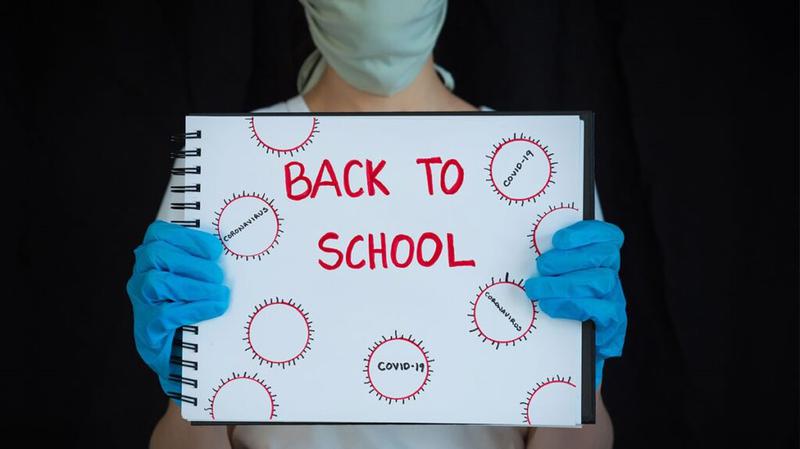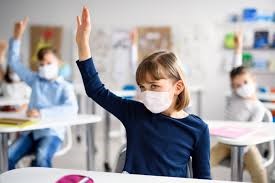
New York State has successfully flattened the curve during the COVID-19 pandemic. As the phased re-opening of New York continues, focus has turned towards the fall, when schools across the State typically begin their educational year. Even with the pandemic under control, school administrators and parents are worried about the unknowns and what-ifs of opening schools to in-person teaching. The New York State Department of Health has released “INTERIM GUIDANCE FOR IN-PERSON INSTRUCTION AT PRE-K TO GRADE 12 SCHOOLS DURING THE COVID-19 PUBLIC HEALTH EMERGENCY” which outlines what schools must do in order to open during the COVID-19 pandemic.
Some of the basics of this guidance are as follows:
- Responsible Parties (School Boards or those who are assigned by School Boards) must prepare and submit plan(s) for reopening to the New York State Education Department and Department of Health by July 31, 2020.
- Face coverings are required at all times unless students/faculty are eating and/or drinking, at which time they must be socially distant.
- Social distance applications must be considered for all aspects of schooling.
- Plans combining in-person and remote learning must be developed to accommodate those who can attend school and those who are learning from home.
- Other guidance items include: cleaning and disinfecting, contact tracing, ventilation, transportation, etc.
The guidance identifies key areas of concern that need to be addressed in order to protect students and staff, but does not specify ways to achieve such protection. Schools are given the freedom to create plans that cater to their specific needs and requirements. The difficulty presented by this freedom is the lack of clear direction on how to solve the problems.

Some key initial steps to opening schools, similar to the of re-opening of office buildings and other facilities, are as follows:
- Evaluate the ability to teach from home. Systems put in place to supplement in-person teaching will give faculty and schools the flexibility to properly teach from home if the need arises, relieving the stress of keeping kids in schools.
- Establish a site plan that lays out all features of the building being occupied. The site plan should identify building zones, foot-traffic direction, minimum 6-foot distances for reference, sanitizer and cleaning locations, isolation rooms and other key components of the school building.
- Establish COVID-19 protocols such as:
- Social distancing requirements (demarcation, mask requirement, etc.)
- Temperature checks
- COVID-19 questionnaire and fact sheet
- Create cohorts or zone rotations
- A cohort is an established group of students or people who will rotate with other cohorts on attending in-person learning throughout the school year.
- More protocols for safe re-opening can be found here: (https://waldenenvironmentalengineering.comfive-things-to-consider-as-new-york-forward-moves-into-phase-ii-how-do-i-prepare-a-business-covid-safety-plan/)
As the time to open schools approaches, all involved should feel confident that plans are being developed and proper actions are being taken to ensure the safety of all those involved. During the phased re-opening, businesses were able to re-open in a safe and organized manner thanks to proper planning and protocols. The State’s guidance for school re-opening sets the framework to safely resume learning this fall.
Walden Can Help
Walden’s engineers and health and safety professionals have the expertise to help schools as they develop re-opening plans. By performing building inspections with an eye towards ventilation, air circulation, distancing and an overall hazards assessment, we can work with school administrators to develop and implement the State’s guidelines and additional measures to maximize safety as students and staff return to school. Walden can also administer safety training to all stakeholders involved. For further information, please reach out to one of Walden’s experts today at 516-624-7200.
Thank you and stay safe.
